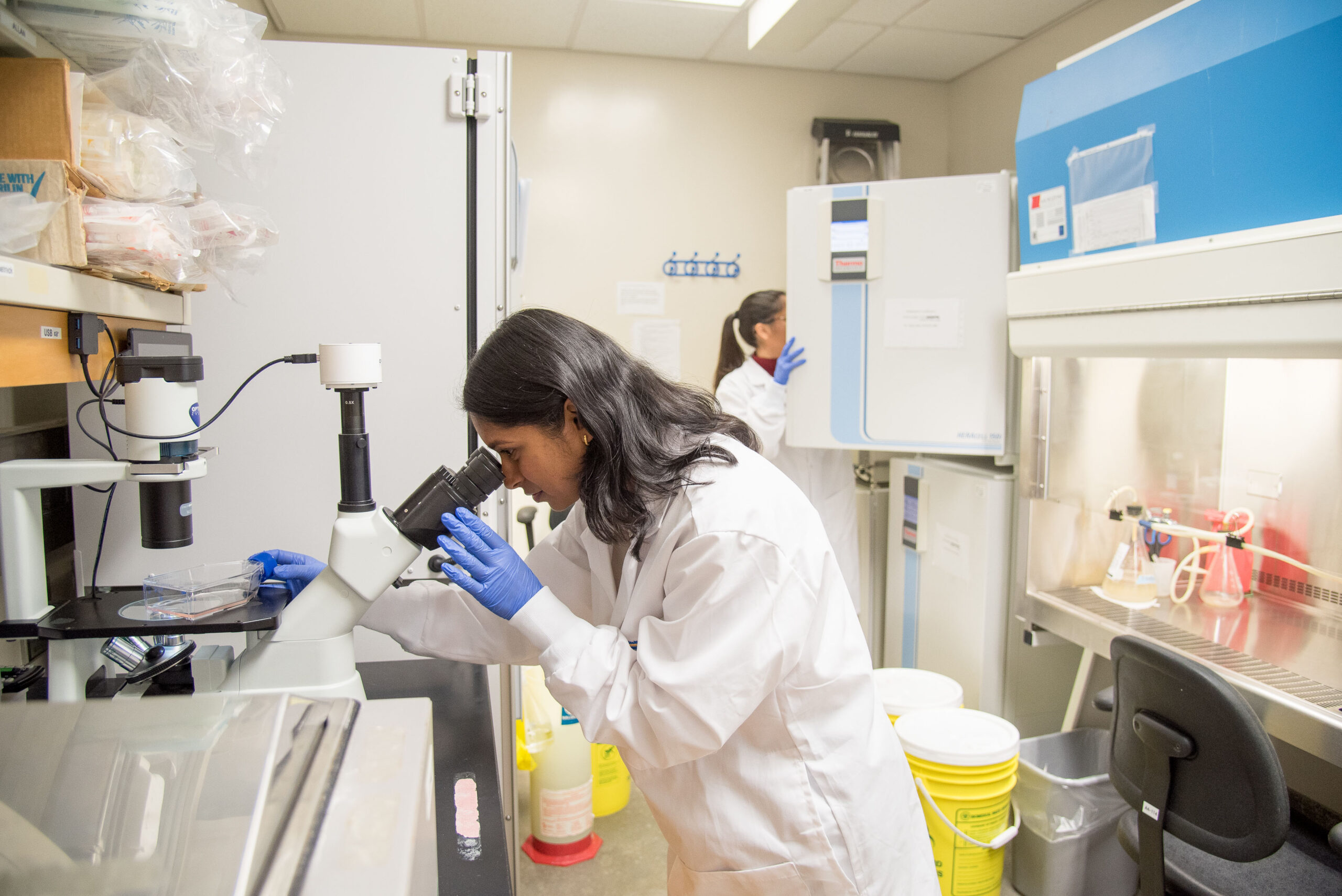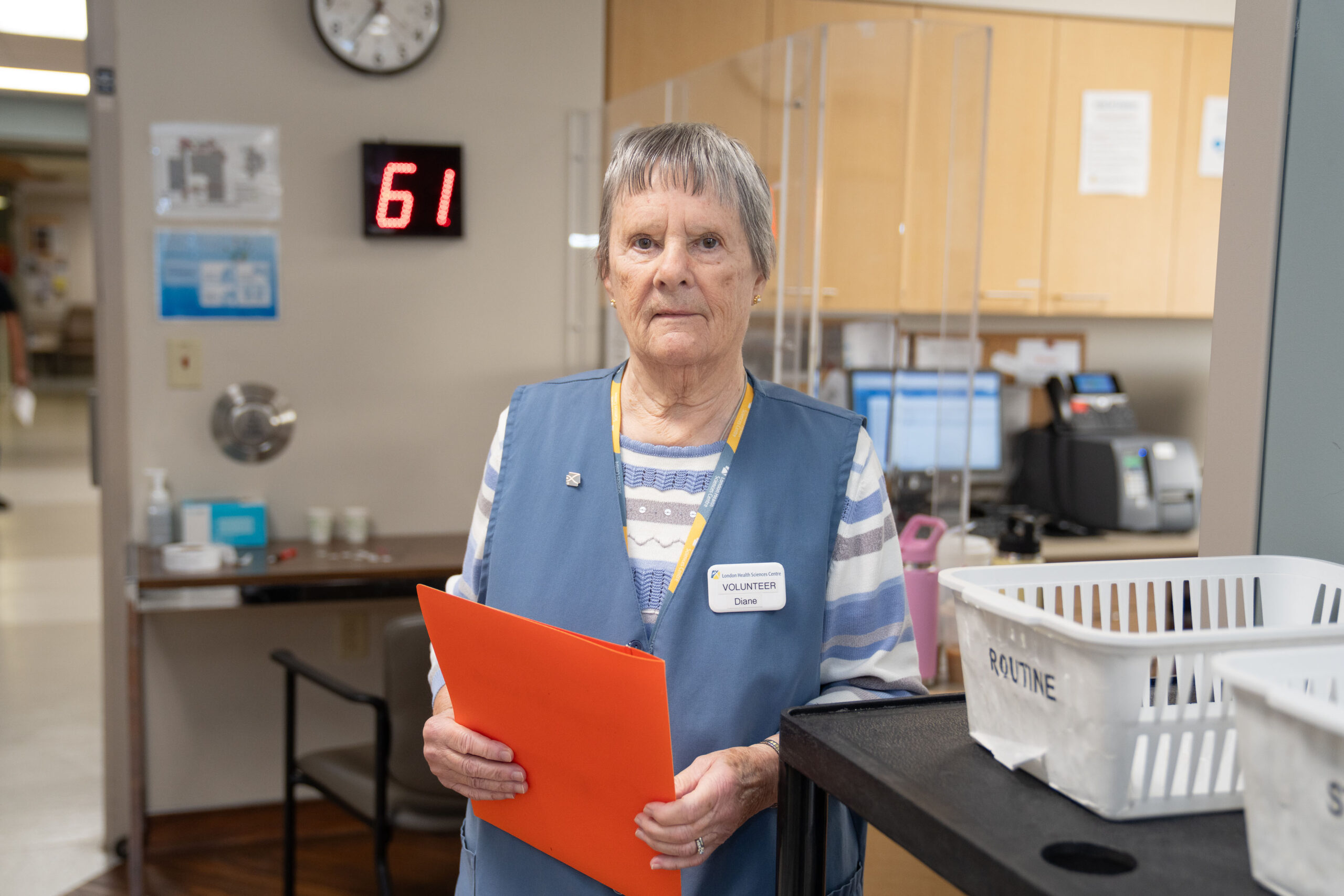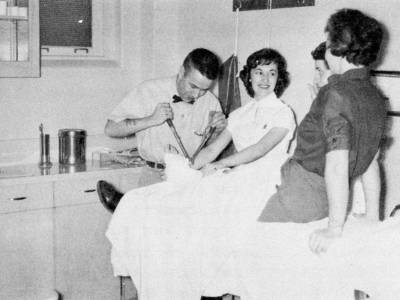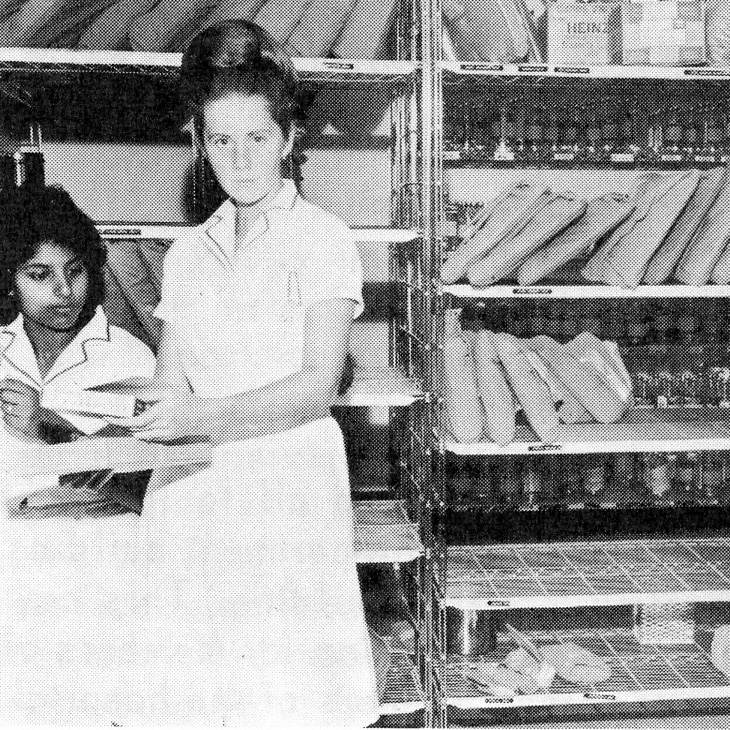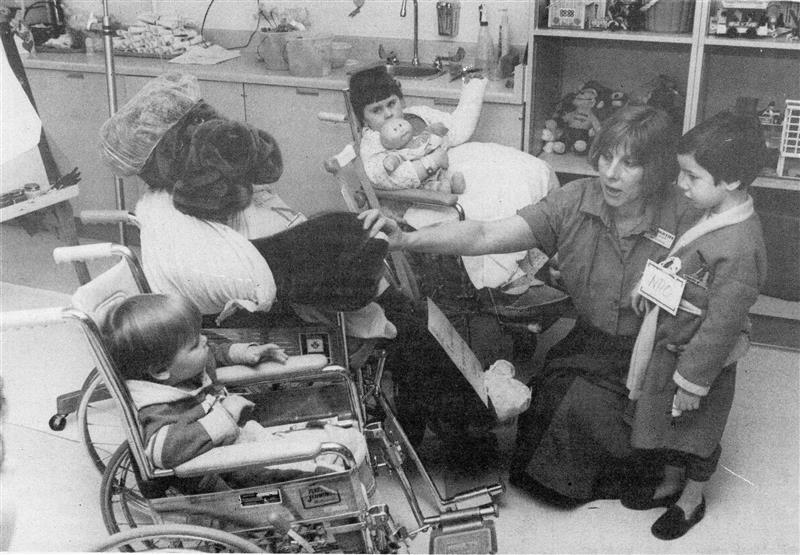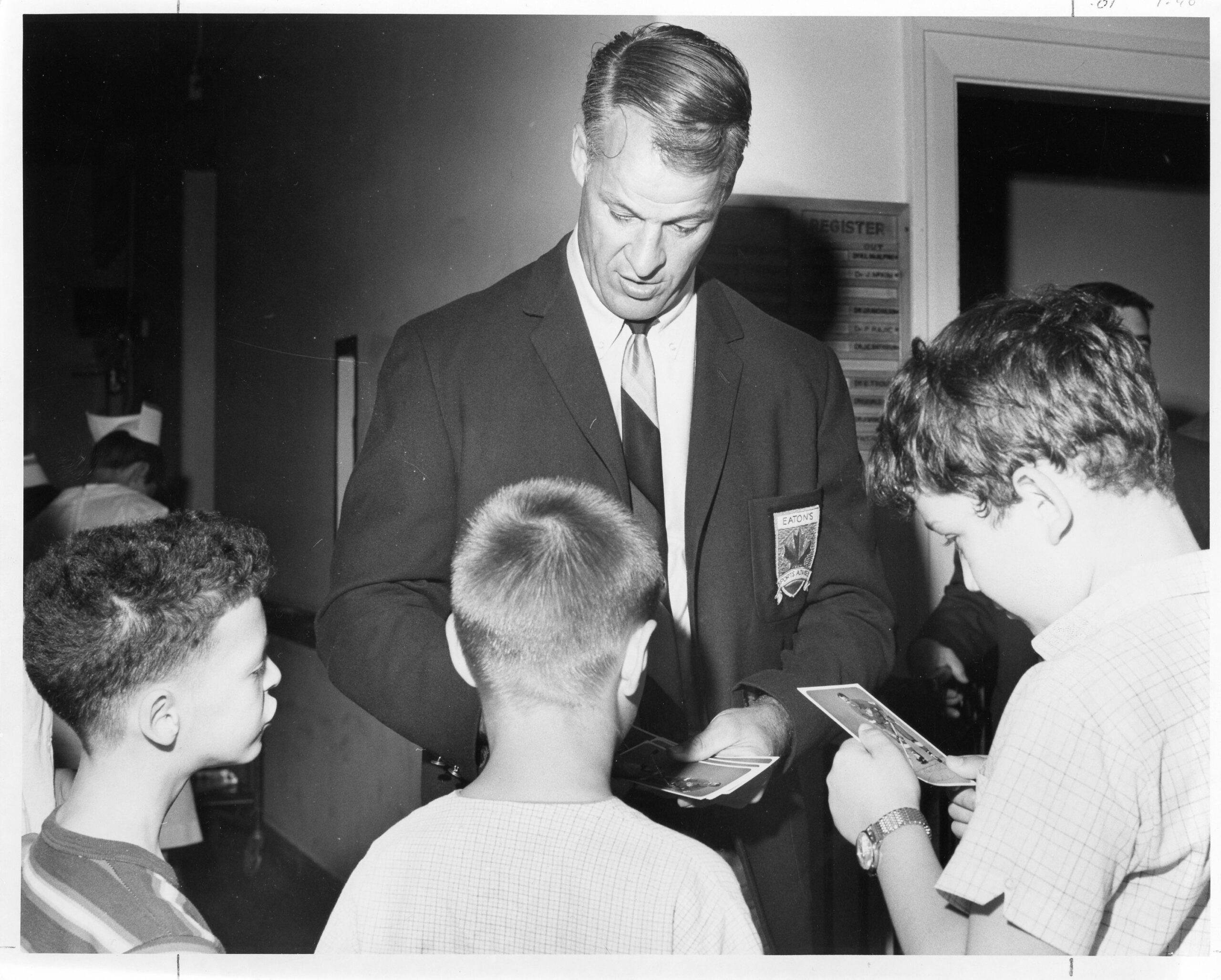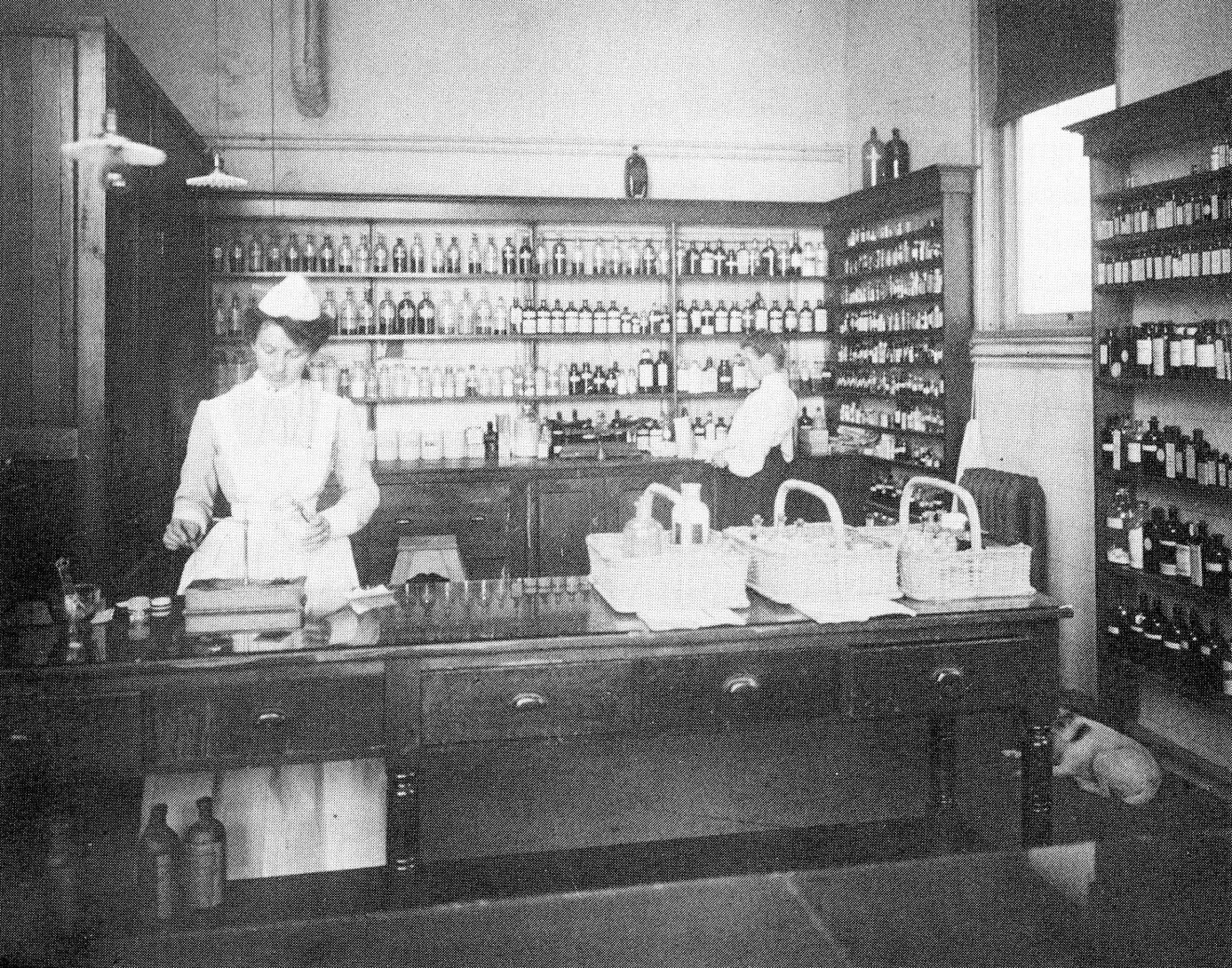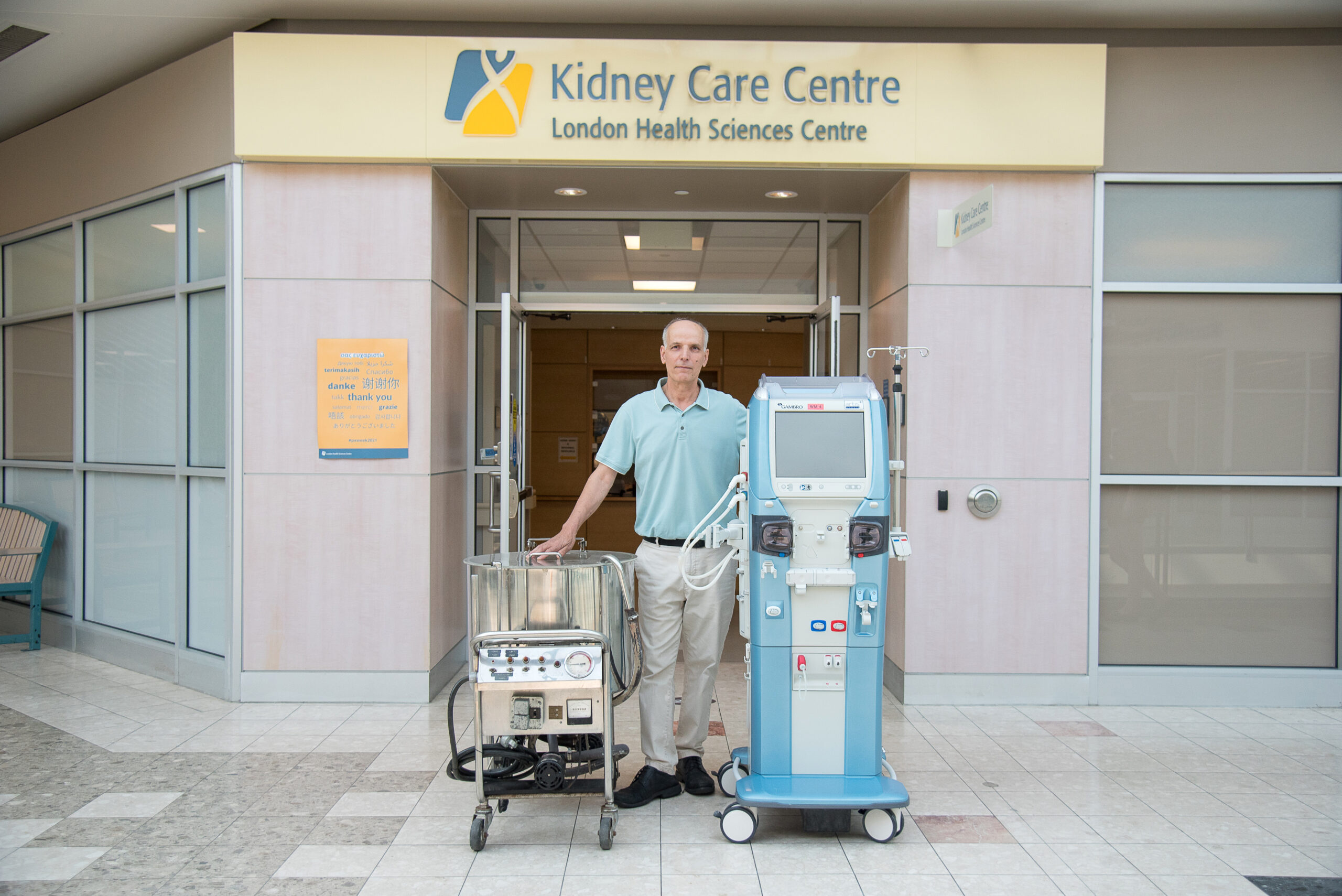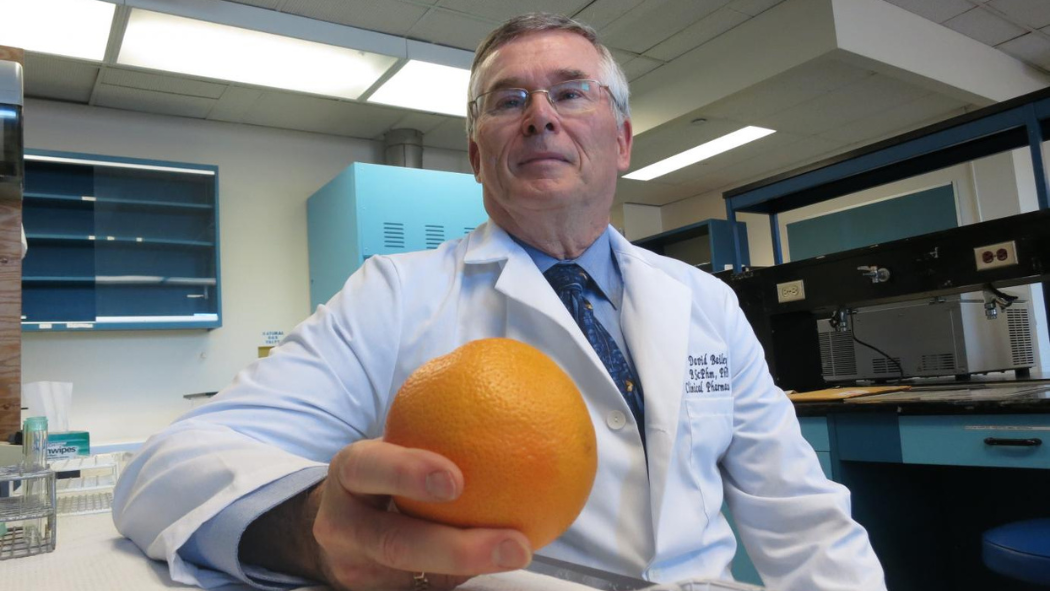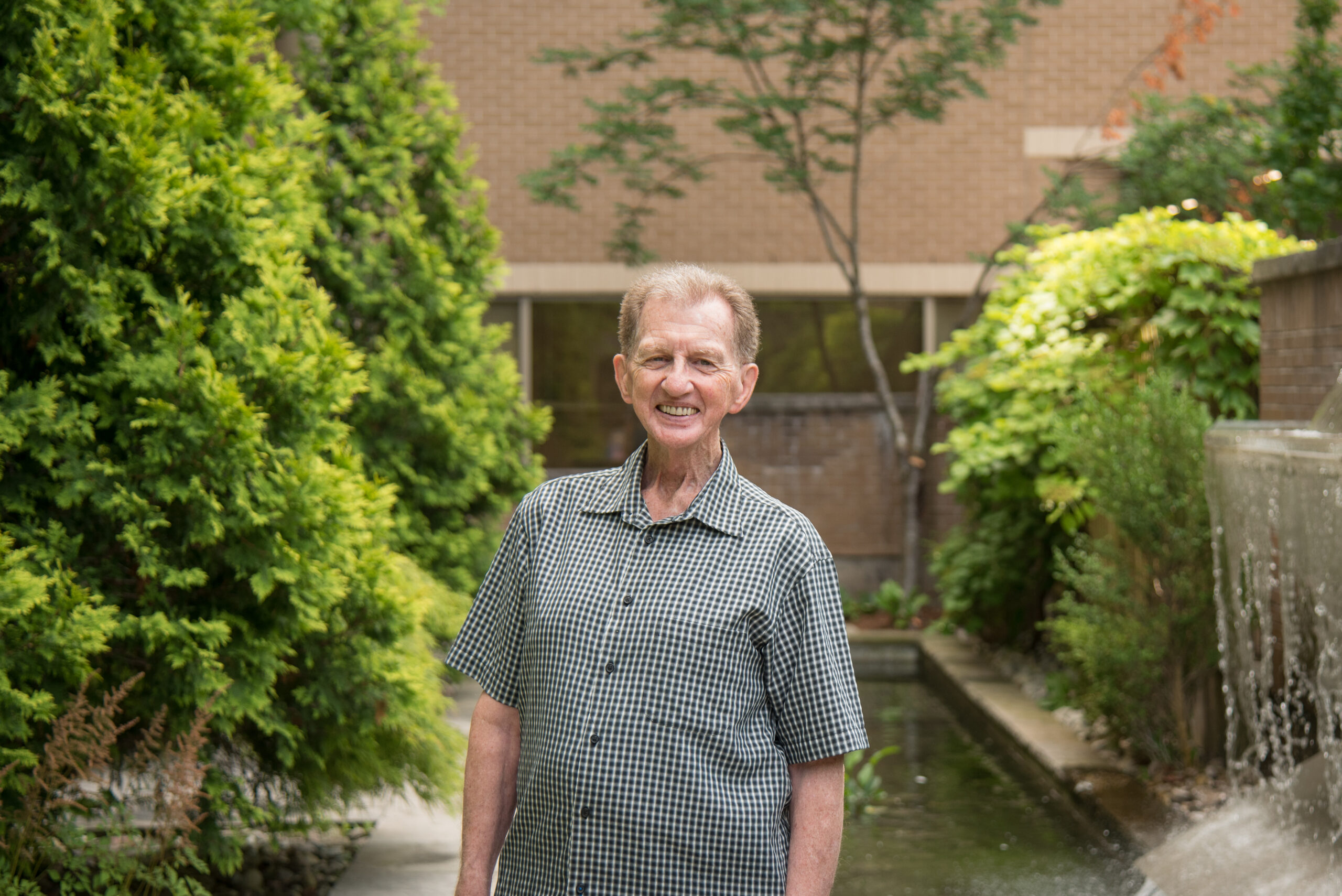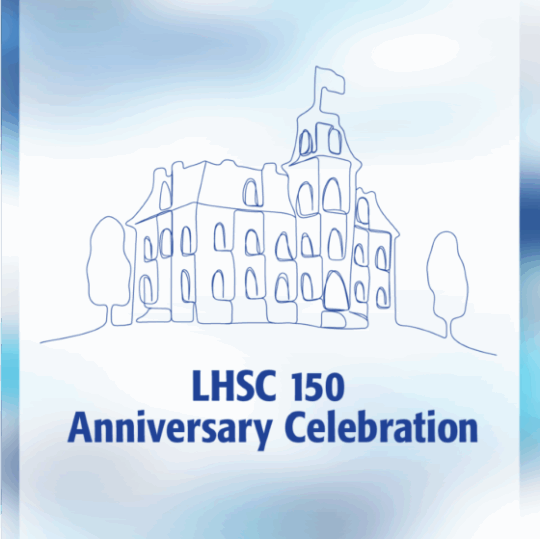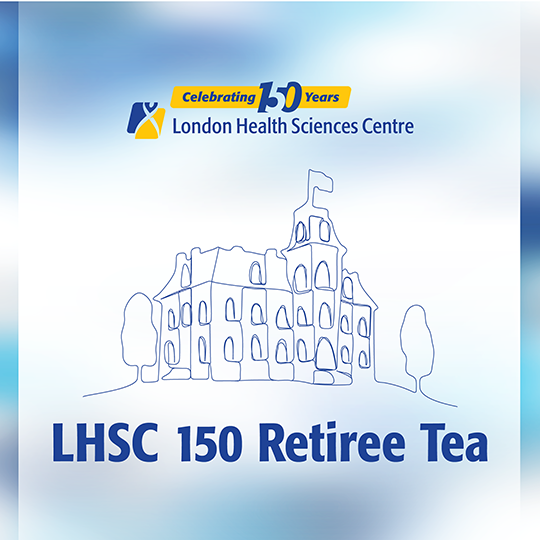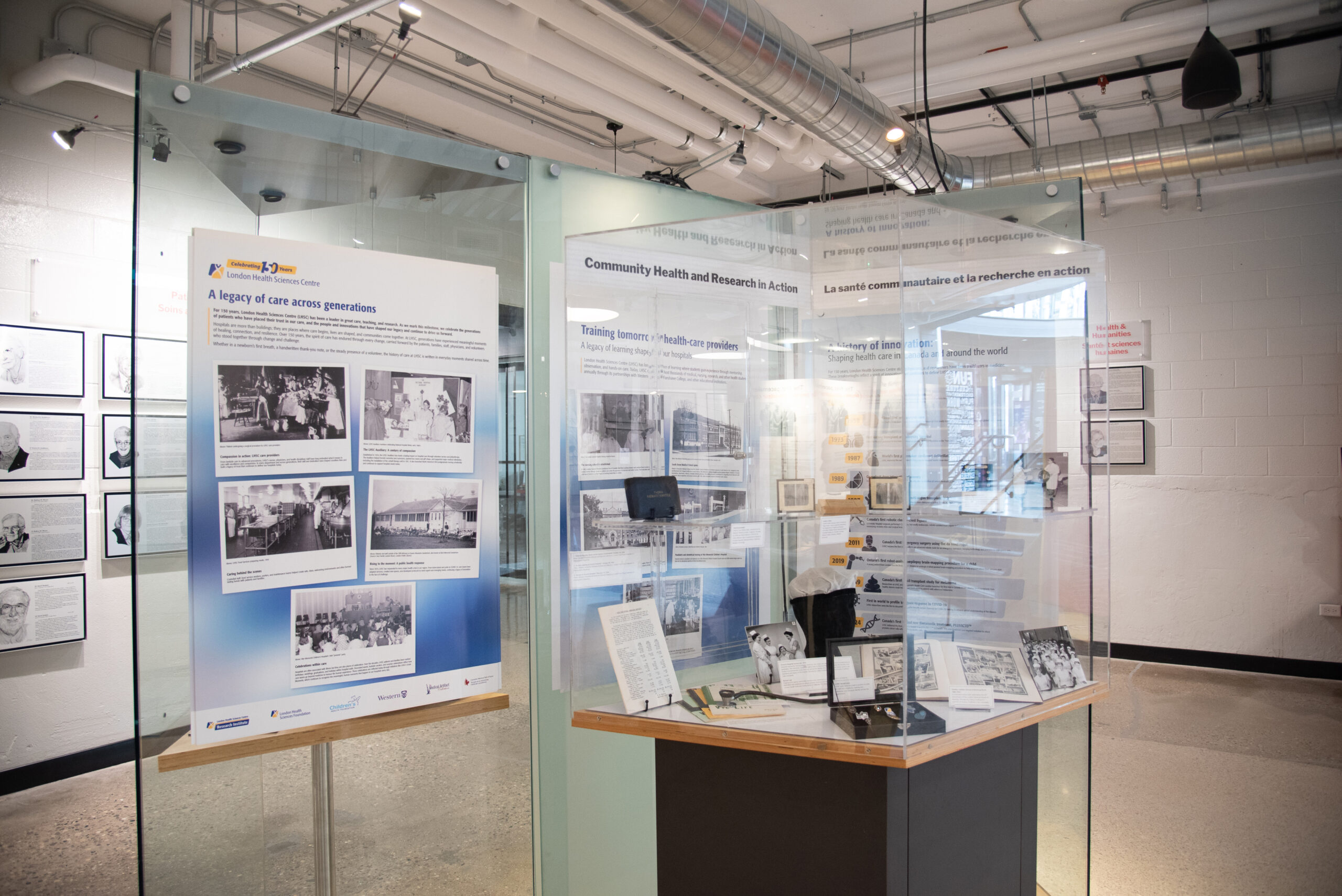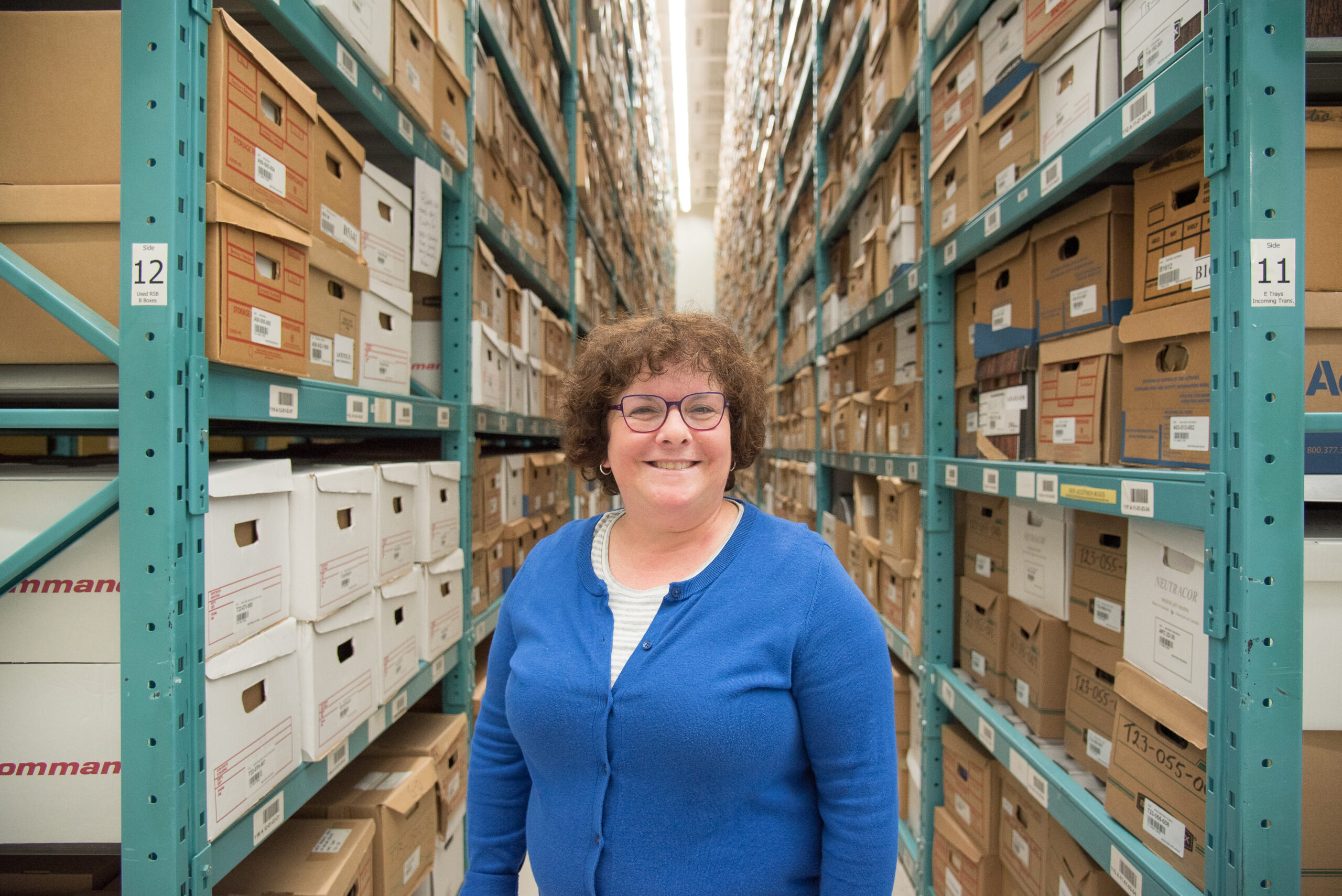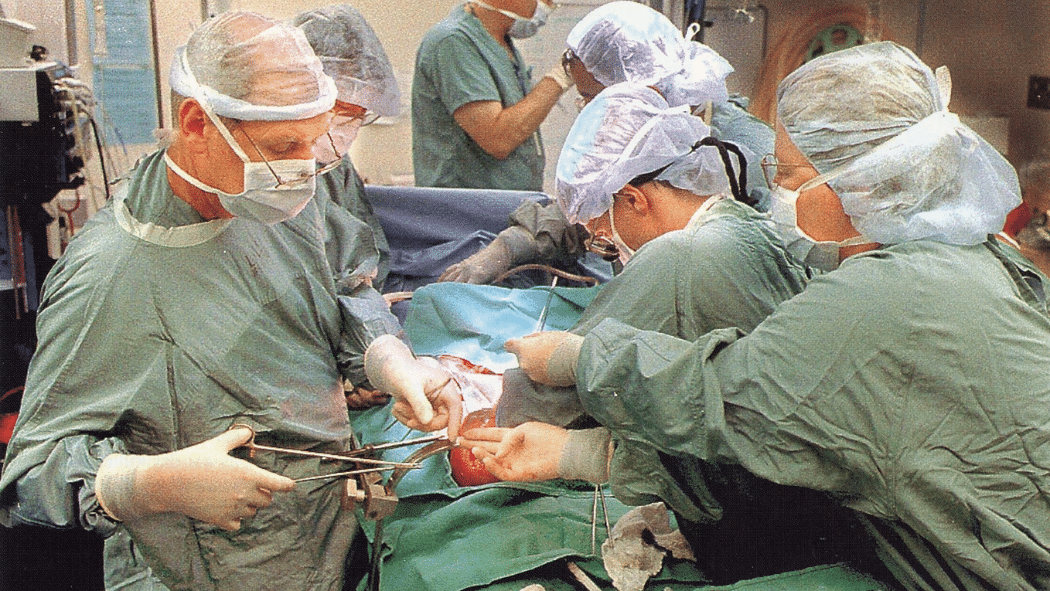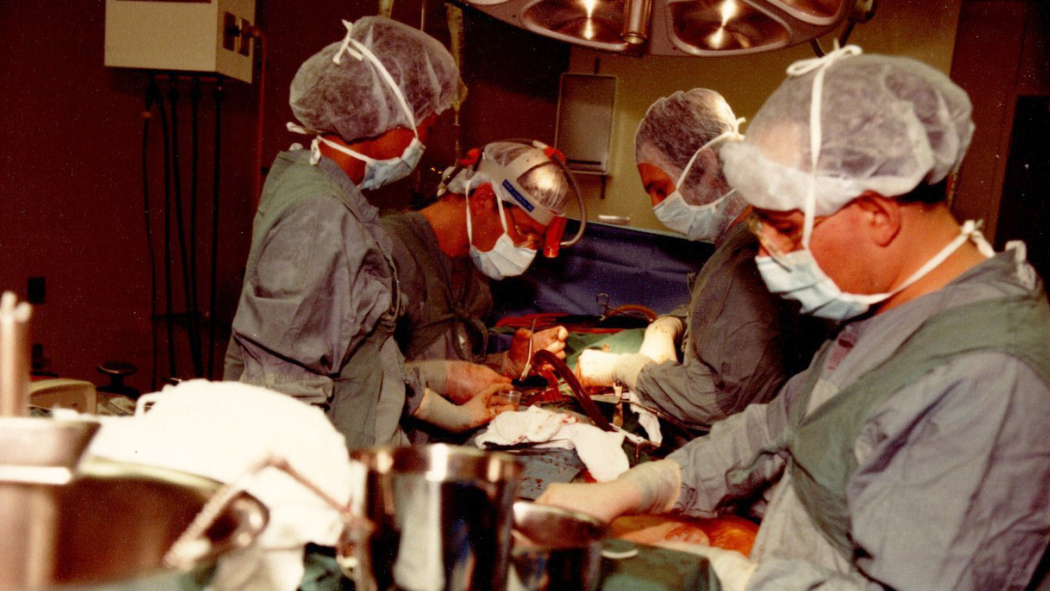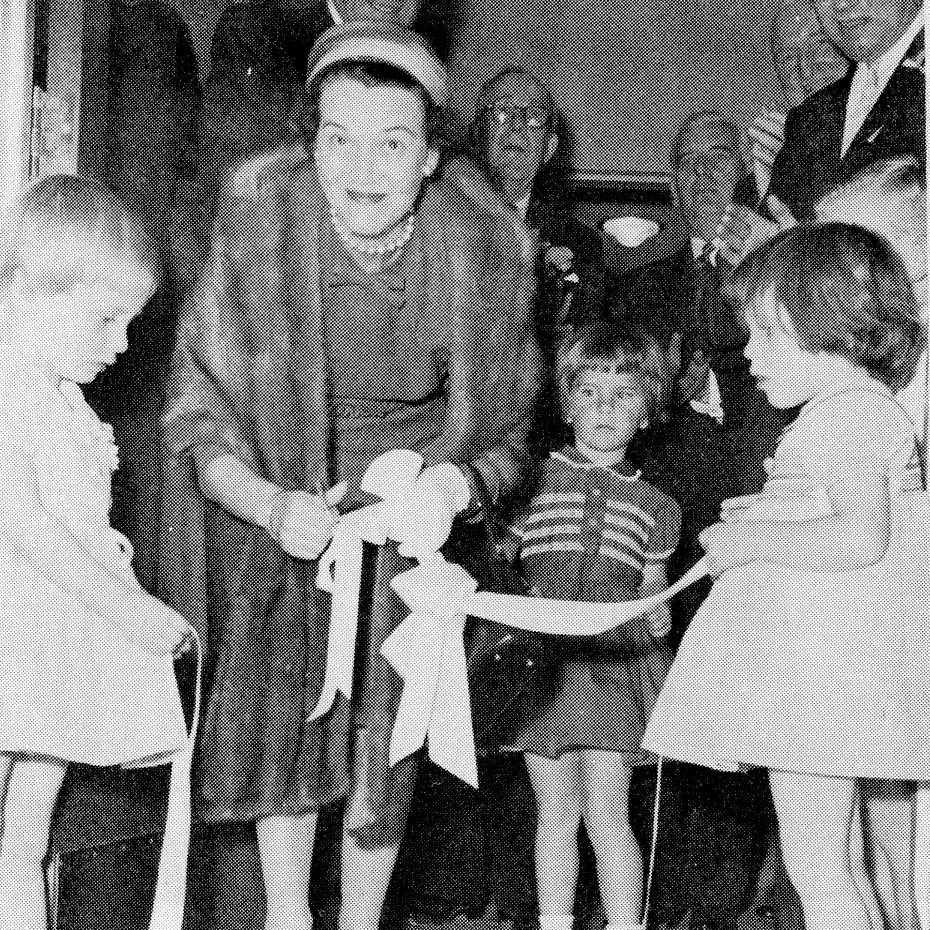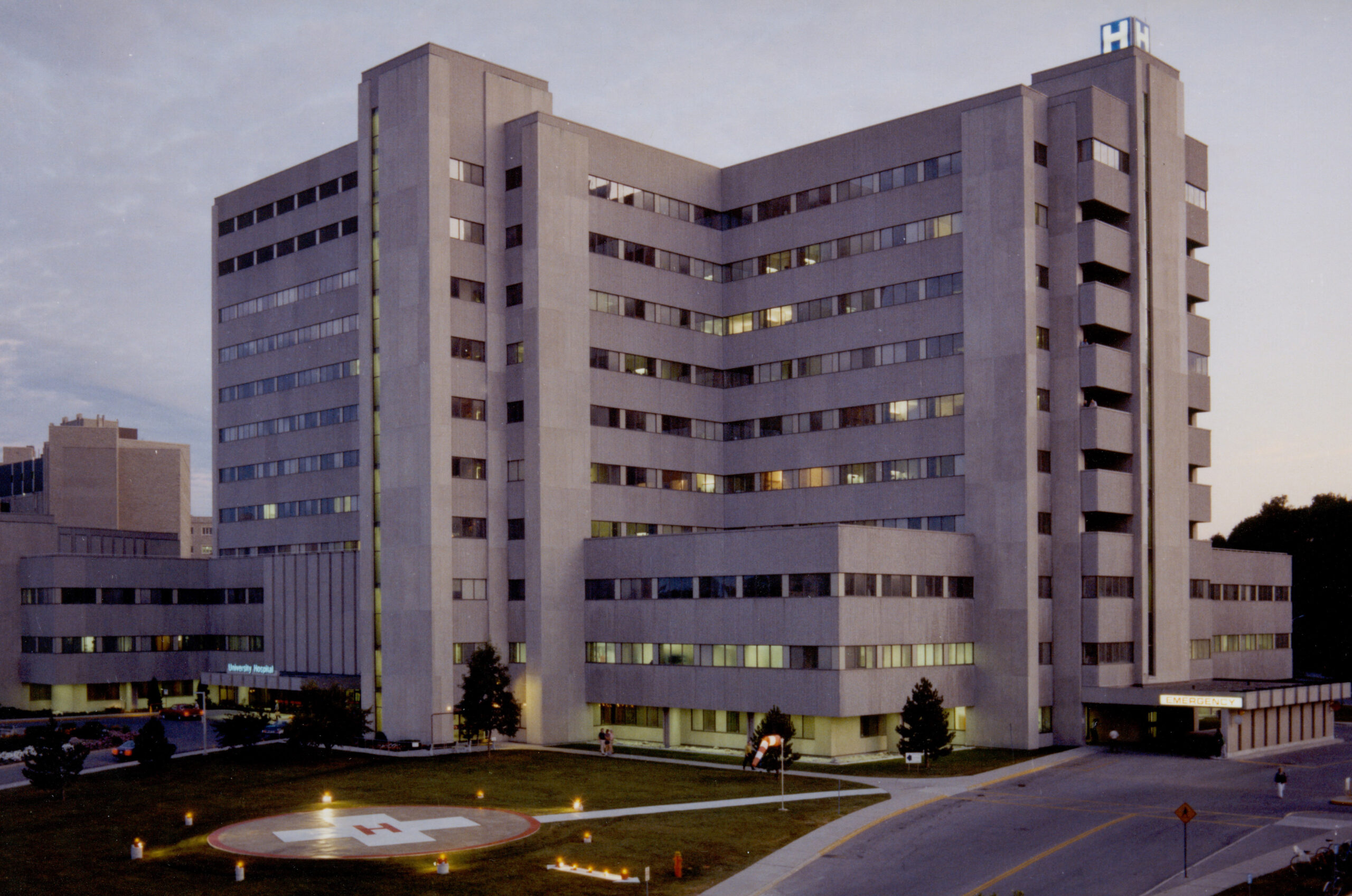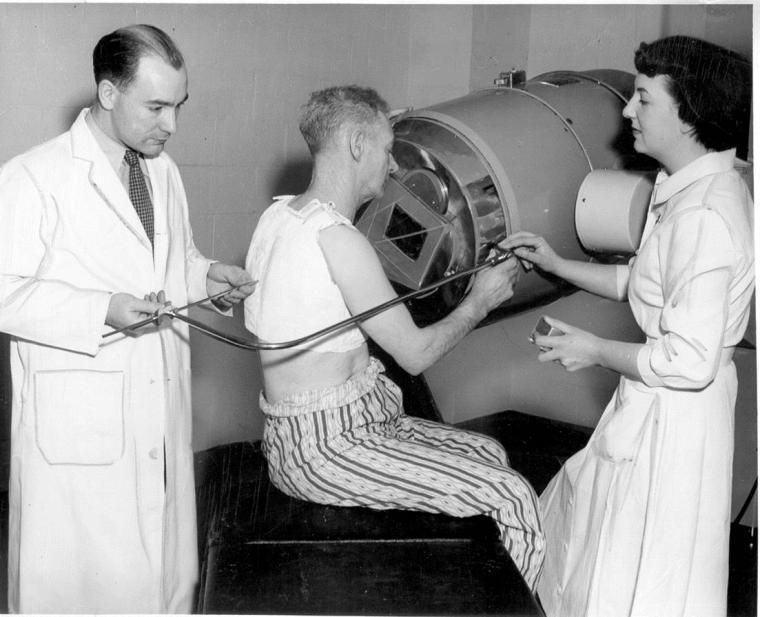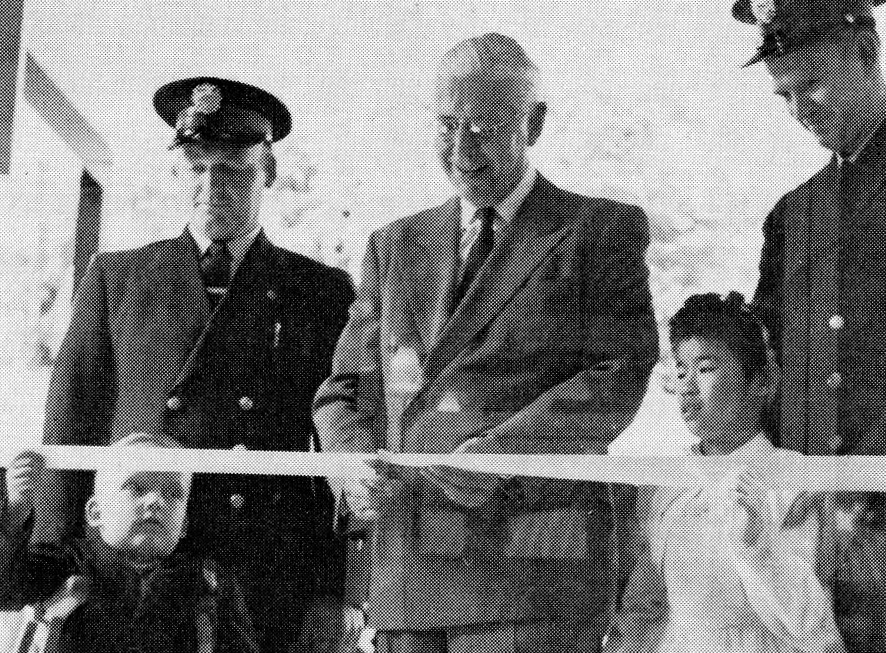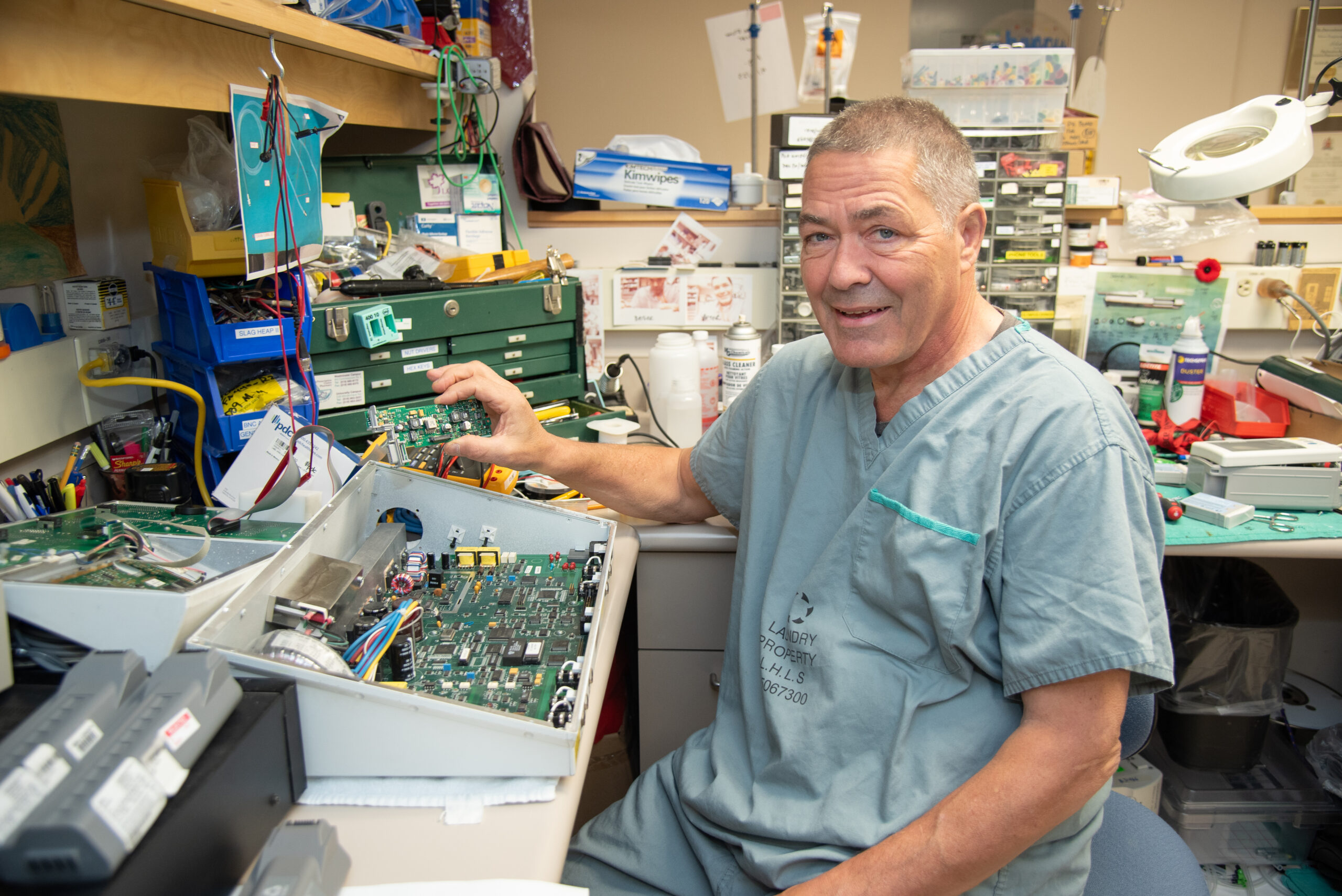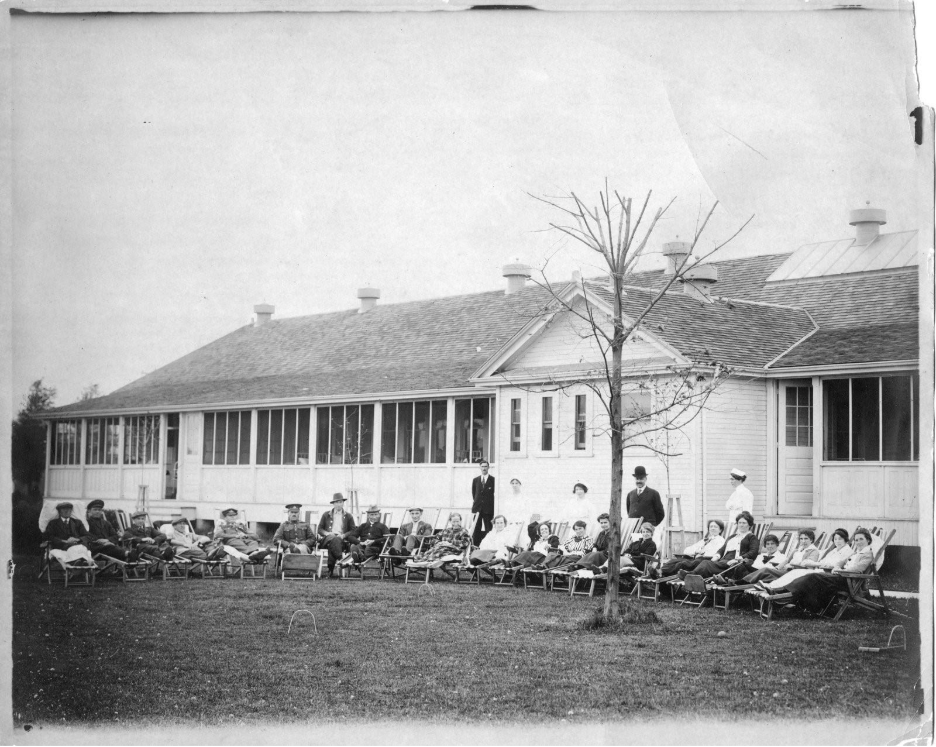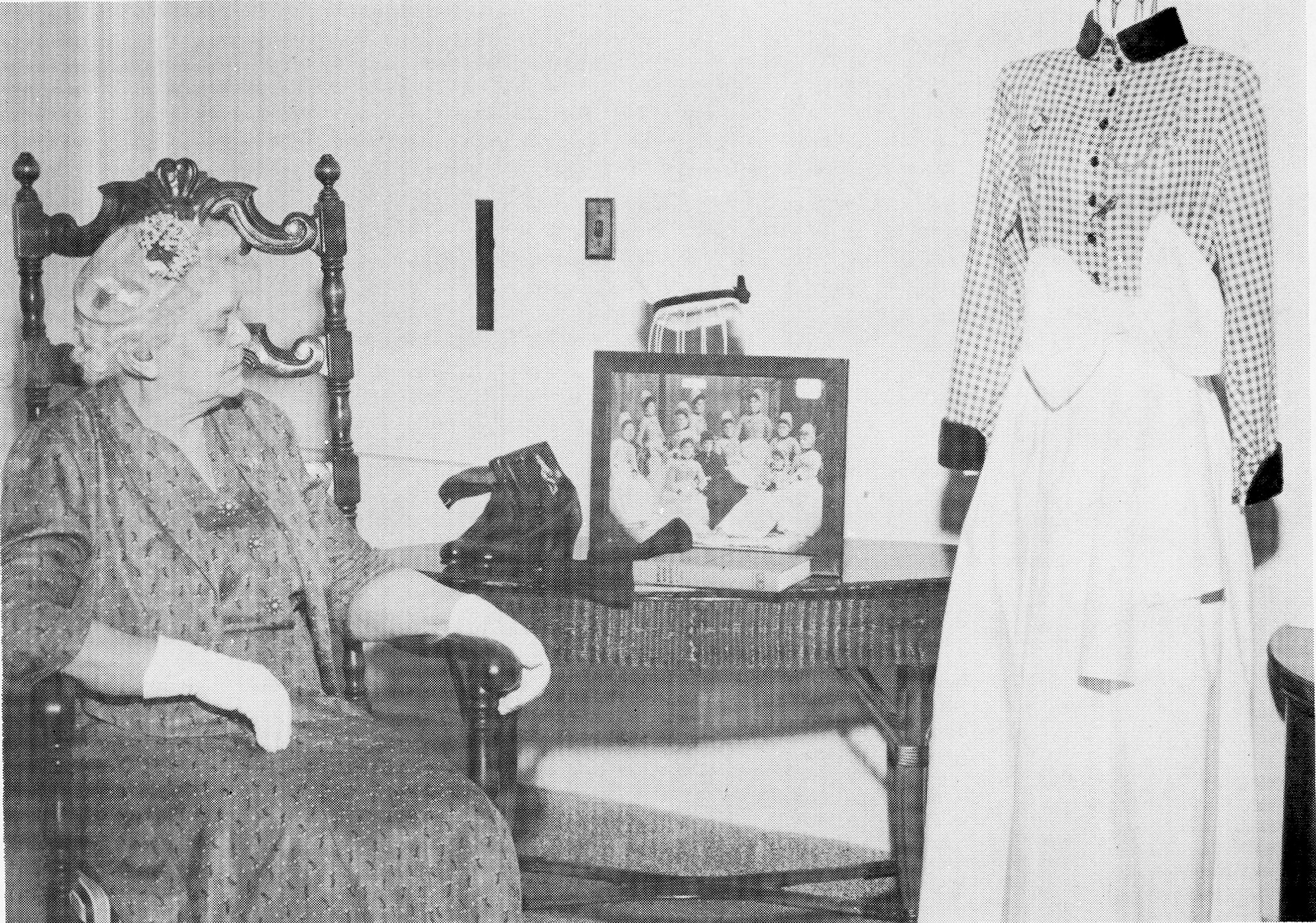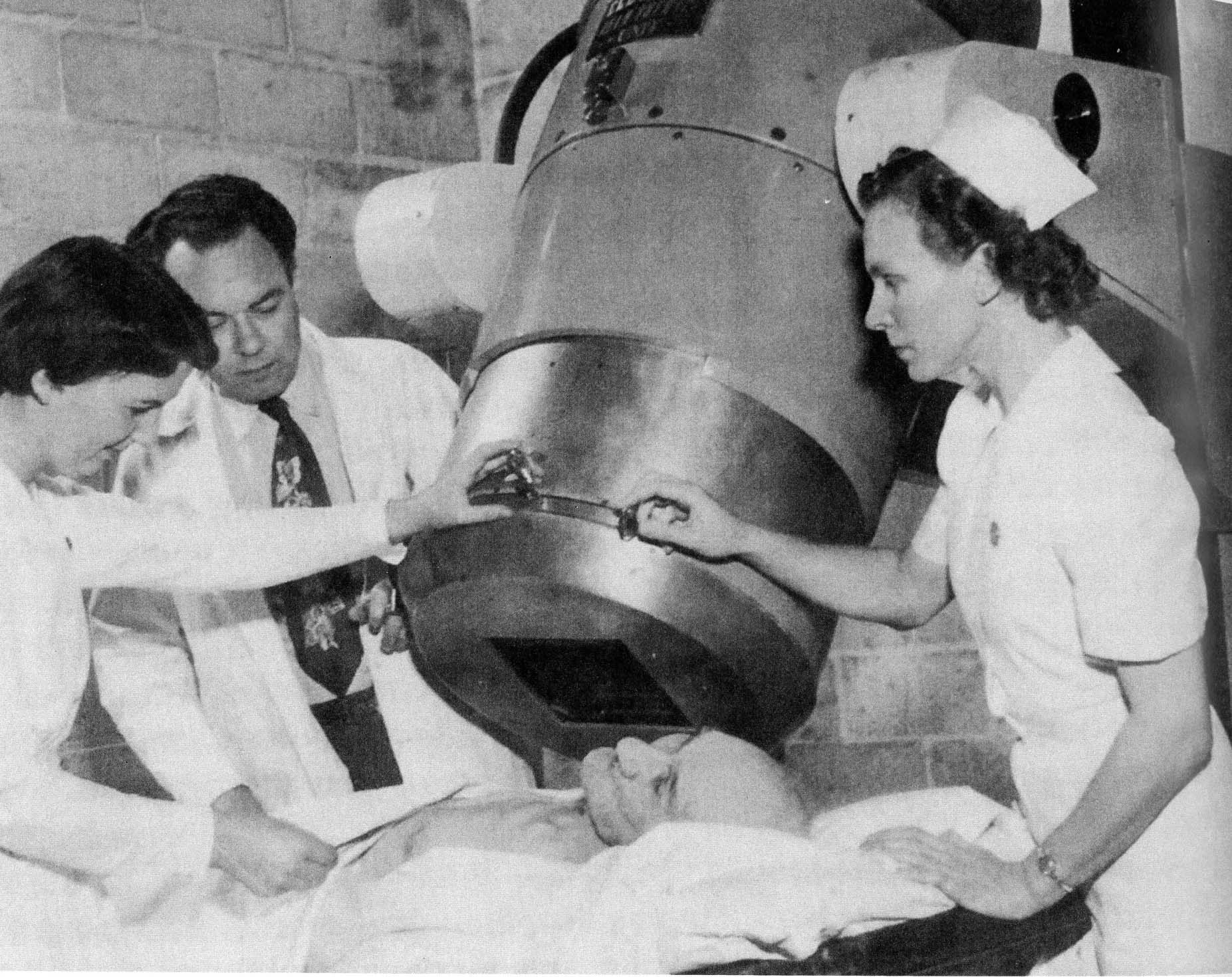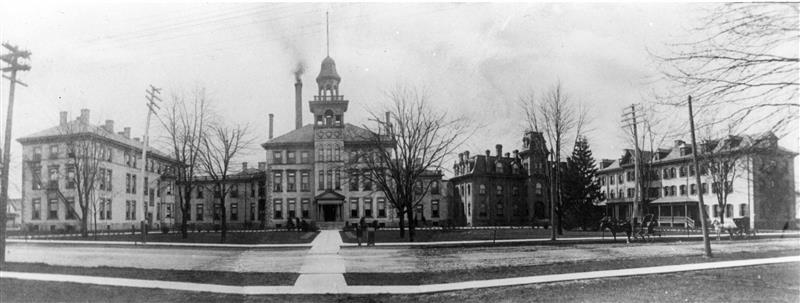A new era of care: The journey from Westminster to Victoria Hospital
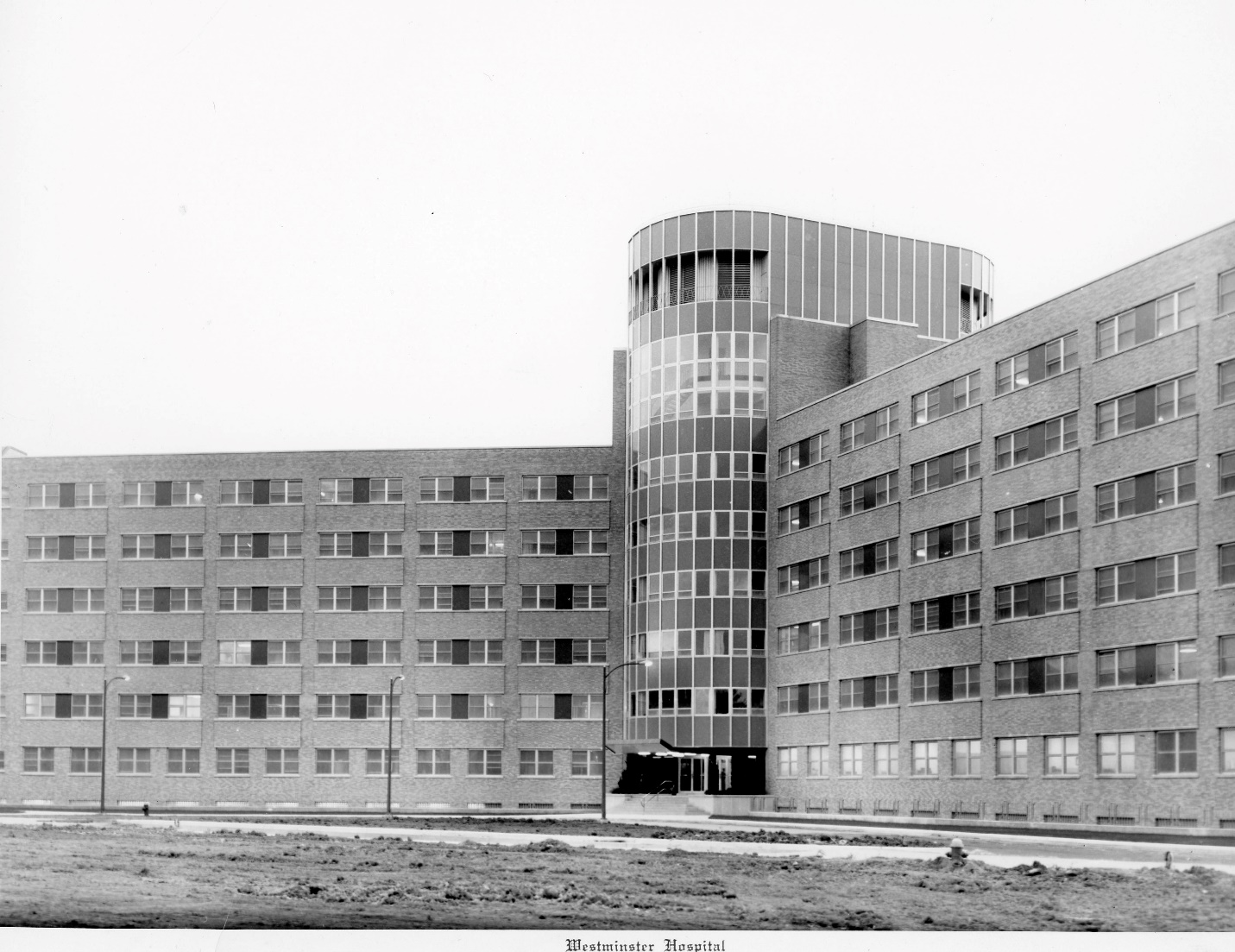
Above: Entrance to Westminster Hospital, now known as the E zone of Victoria Hospital
On the morning of October 3, 1977, a quiet but momentous shift took place in London, Ontario. Westminster Hospital, originally established in 1918 as a military hospital for veterans with mental illness, was transferred from the federal government to the Province of Ontario for just $1. While Westminster had long served Canada’s veterans, the site was now poised for a new purpose. Its transfer marked the beginning of a major transformation, one that would lay the foundation for what is now LHSC’s Victoria Hospital, a leading centre for acute, specialized, and community care in Southwestern Ontario.
“The transformation from Westminster to Victoria Hospital wasn’t just about relocating services,” says Dr. Christie MacDonald, LHSC 150 Co-Executive Sponsor, Department Head of Emergency Medicine, and Interim Vice Chair, Medical Advisory Committee. “It was about reimagining how we care for our community and making room for innovation, education, integration, and growth that continues to shape LHSC to this day.”
To understand how this transformation came to be, one can look back at years of planning and advocacy.
By the 1970s, Victoria Hospital’s original South Street facilities were widely seen as the centre of care for London. The unique team spirit of South Street was well recognized for staff and the community. However, the community recognized the need for expansion to serve our growing community and meet the medical needs and future innovation. After much consultation and input from many parties, it was decided that relocating to the Westminster site would better meet current and future needs of our patients, our community and our region. The vision was bold: move Victoria Hospital to the Westminster site, along with the War Memorial Children’s Hospital, the former Crippled Children’s Centre (now Thames Valley Children’s Centre), and Parkwood Hospital’s 185-bed chronic care unit. With 342 acres of space and hundreds of available beds, Westminster offered the scale and flexibility required to modernize care in the region.
That same year, the City of London began negotiating with the Department of Veterans Affairs to purchase surrounding Westminster land for parks and future planning. In 1964, the city paid $39,000 for 109 acres to the south and east of the hospital. It was a strategic move that preserved green space while opening possibilities for public infrastructure and health system growth.
In 1973, the Victoria Hospital Trust voted to relocate and redevelop the hospital at the Westminster site.
By 1975, the vision for a new Victoria Hospital was beginning to take physical shape. That year, Westminster opened a new $6 million wing, a modern Y-shaped building designed to consolidate services and replace aging infrastructure. Between 60 and 70 patients with various diagnoses and care needs were relocated to this new wing on the first day. The new Main Building was more than functional, it was forward-looking. It included not only patient wards but also an Amphitheatre, physiotherapy units, clinical labs, a cafeteria, and the infrastructure needed to support integrated, modern care.
By the time the federal government formally transferred the Westminster site in October 1977, the hospital campus was already evolving into something new. With 1,800 beds and over 4,000 employees operational across two sites, the original South Street site and the Commissioners Rd. Westminster site, Victoria Hospital became the largest general hospital in Canada. The acquisition also integrated Parkwood Hospital (now part of St. Joseph’s Health Care London), long awaiting new facilities, into the broader care plan, creating seamless links between veterans’ care, rehabilitation, and general medicine.
When we look back at the story of Westminster’s transformation, it is clear that its evolution was more than just land or logistics. It was about vision. Local leaders recognizing care needs, health professionals building better models of care, and hospitals growing into institutions that served entire communities rather than select populations.
“As we celebrate LHSC’s 150th anniversary, this chapter reminds us of what is possible when our community comes together with a bold vision,” says Dr. MacDonald. “The legacy of Westminster lives on in the care we deliver every day at Victoria Hospital.”
Today, as LHSC marks its 150th anniversary, the legacy of that transformation is more visible than ever. What began as a veterans’ facility on the edge of the city is now central to one of Canada’s most advanced hospital systems.
The story of Westminster’s evolution into today’s Victoria Hospital is a powerful reminder that health care systems are built not only with bricks and mortar but with innovation, community commitment, and the courage to change and evolve to meet the needs of a growing community.
